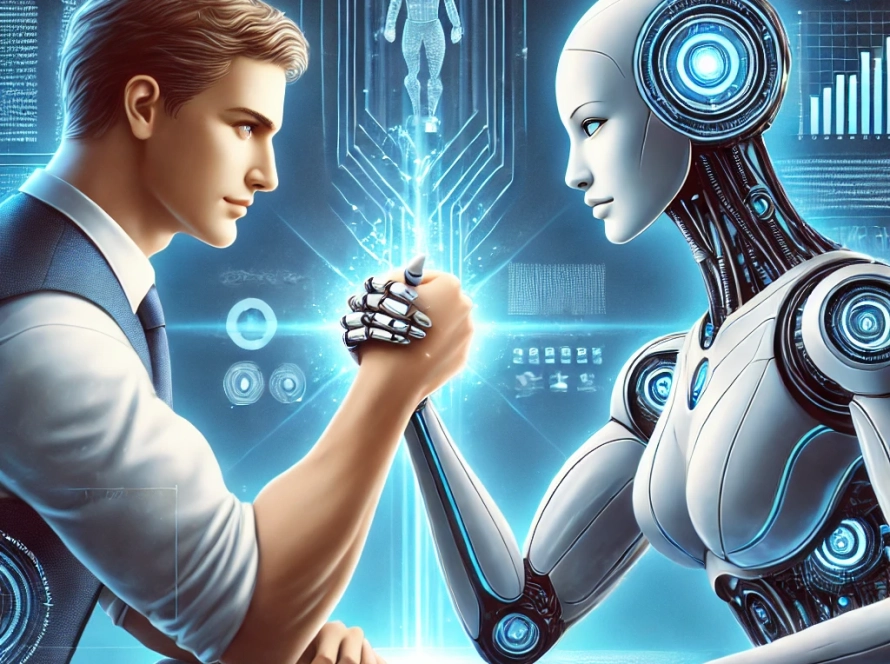The use of “Artificial” intelligence in Human Resources might have been puzzling a few decades ago. Not only was human resources regarded as an administrative function to assist organisations in managing employee paperwork, but it also had no direct impact on a company’s strategy. Gradually over the past 30 years, there has been a significant shift in the way the workforce thinks, behaves, and views employment in their lives. Employees now seek more than just a good salary and job security. Companies recognise that talented and motivated employees are the foundation of their success. With the time of great resignation and a talent shortage, organisations must transform their HR departments to provide their employees with an enriching people-centred experience.
The entire HR lifecycle, from recruitment to retirement and separation, can be broken
down into practices that include many time-consuming routine tasks that can be easily automated to save time. HR, which is also at the centre of employee information, has
underutilised the vast opportunities to derive meaningful conclusions from data. The realisation of infinite opportunities from the use of HR data, combined with the need for
refocusing on people, the importance of strategic HR in a company, and transformation
due to the advent of technologies such as AI, aided in this transition.
AI and automation tools have since been used to reprogram manual practices and
processes. AI has been used in some capacity by businesses of all sizes over the last decade. Though the focus on AI in HR is new, adaptation has increased exponentially since the pandemic. The ability of AI to prevent talent mismatch, biassed hiring, employee turnover, lack of internal mobility, and other issues have prompted more companies to move their HR processes into AI and shift HR professionals to providing guidance on people agendas and achieving the company’s goals.




